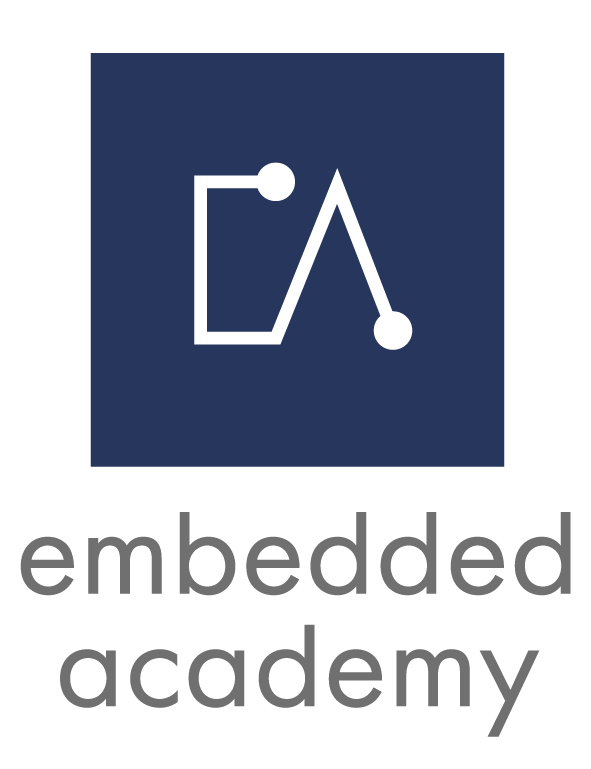E-Learning Course Control of Electrical Machines
Content
E-Learning Field-Oriented Control (120 min)
- DC Motor
- Derivation of Field Orientation
- Electrical Machine as a Controlled System
- Inverter as Control Actuator
- Other Machine Types
E-Learning Control Design (60 min)
- Procedure of Control Parameterization
- Cascaded Control for Powertrain
Target
The aim of this course is to impart knowledge on the control of electrical machines.
This course is intended for anyone who want to further educate themselves on the topic of the control of electrical machines and already have some fundamental knowledge about the electrified powertrain. In particular for engineers and programmers who develop motor controls.
Trailer
Insights
Course Content
What Is Control of Electrical Machines?
While electrical machines are often predominantly associated with (electric) cars, electrical machines have already been used for many years in several different fields. Their applications in the industry range from home appliances up to power plants. In recent years, we also find them in the context of e-mobility.
In general, the term “electrical machine” refers to machines which use electromagnetic forces. This could be electric motors, electric generators and transformers for example. Their main principle is that they convert electromechanical energy: the electric motor converts electrical power to mechanical power (as seen with electric vehicles), while an electric generator converts mechanical power to electrical power.
When talking about “electrical machines”, we can actually refer to different types of electrical machines; there are for instance DC machines, synchronous machines and asynchronous machines (also called “induction machines”).
Why Is a Control of Electrical Machines Needed?
When you look at an electrical motor, you need to be able to control how much electric power is input for the motor, as this can influence the speed of the electric vehicle. Similarly, you need to be able to control the voltage output of a generator before using it to power your electronics.
In designing the control of these electrical machines, we rely on mathematical equations, which model the behaviour of the control and possible outputs. In this context, we also work with the Park and the Clarke transformations (see the course on vector control for an e-learning on this topic). The control is then designed in such a way as to meet the performance requirements. Also note that in the light of the advancements in fields such a power electronics or signal processing, the electric control has become an increasingly complex topic.
How Is the Control of Electrical Machines Related to Embedded Systems?
The control of electrical machines is usually implemented in an embedded system. The inverter hardware consists of one or more microcontrollers and the control algorithms are implemented in embedded software. Why are embedded systems used and not PCs? Embedded systems are used to control electrical machines because they have a faster response time and meet the real-time requirements and safety regulations demanded by applications. Especially the control of circuit breakers IGBTs or MOSFETS usually has very high real-time requirements.
What Do You Learn About the Control of Electrical Machines in the Embedded Academy E-Learning?
In the e-learning on field-oriented control, we look at some basic physical concepts (torque, electromagnetic force) and consider them in relation to the DC motor. This also includes torque control. Discussing field-oriented control then allows us to understand how to incorporate this concept into electric control. We then move on to actually focus on electrical machines as controlled systems as well as the inverter as a control actuator. A short outlook on other machine types is also included.
The e-learning on control design focusses first on the procedure of control parameterization. This includes topics such as decoupling, pre-control, simplification of the mathematical description, and control optimization methods. This is followed by the cascaded control, where we also discuss current control vs. torque control, field-weakening control, anti-shuffle control and speed control.
Note that in the course “Electrified Powertrain”, you also find the e-learning “Control of Electrical Machines – An Introduction” which gives a basic introduction into the control systems, field orientation as a principle of control, control design and the strategy of control. You can find it here. The e-learning “Electrical Machines” in the course “Electrified Powertrain” offers an overview on the different types of electrical machines, and can be found here. Both of these e-learnings have an automotive focus.
